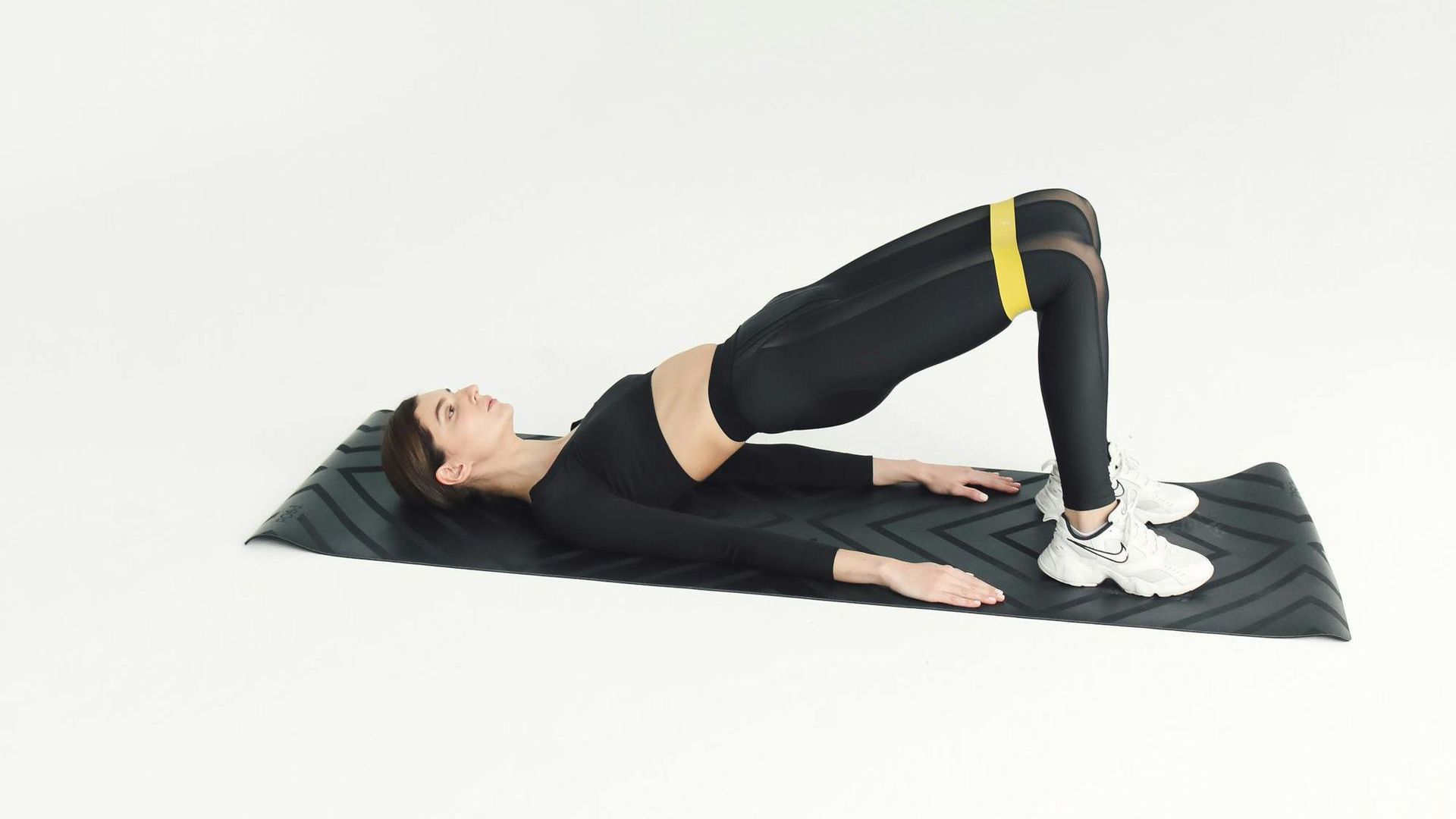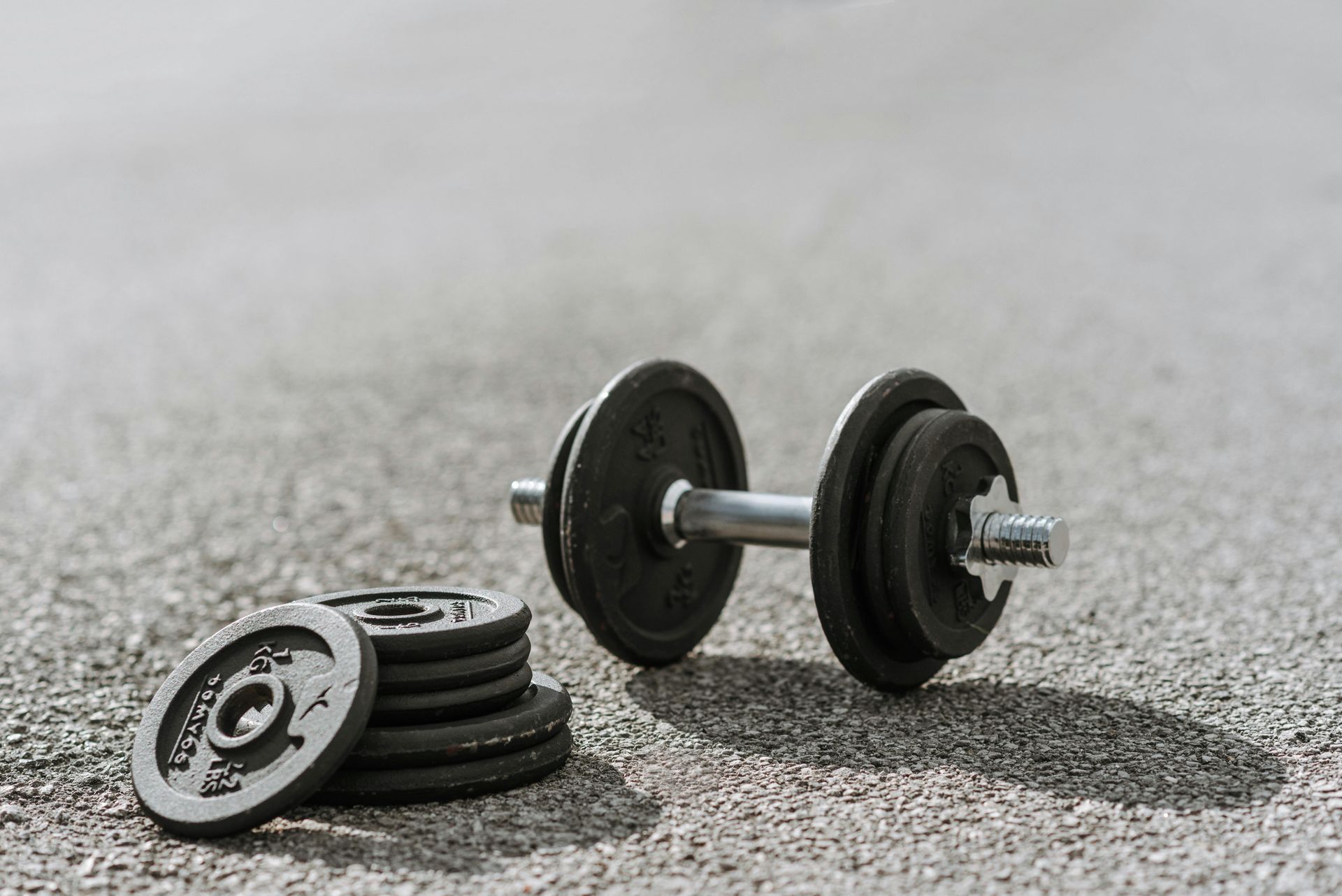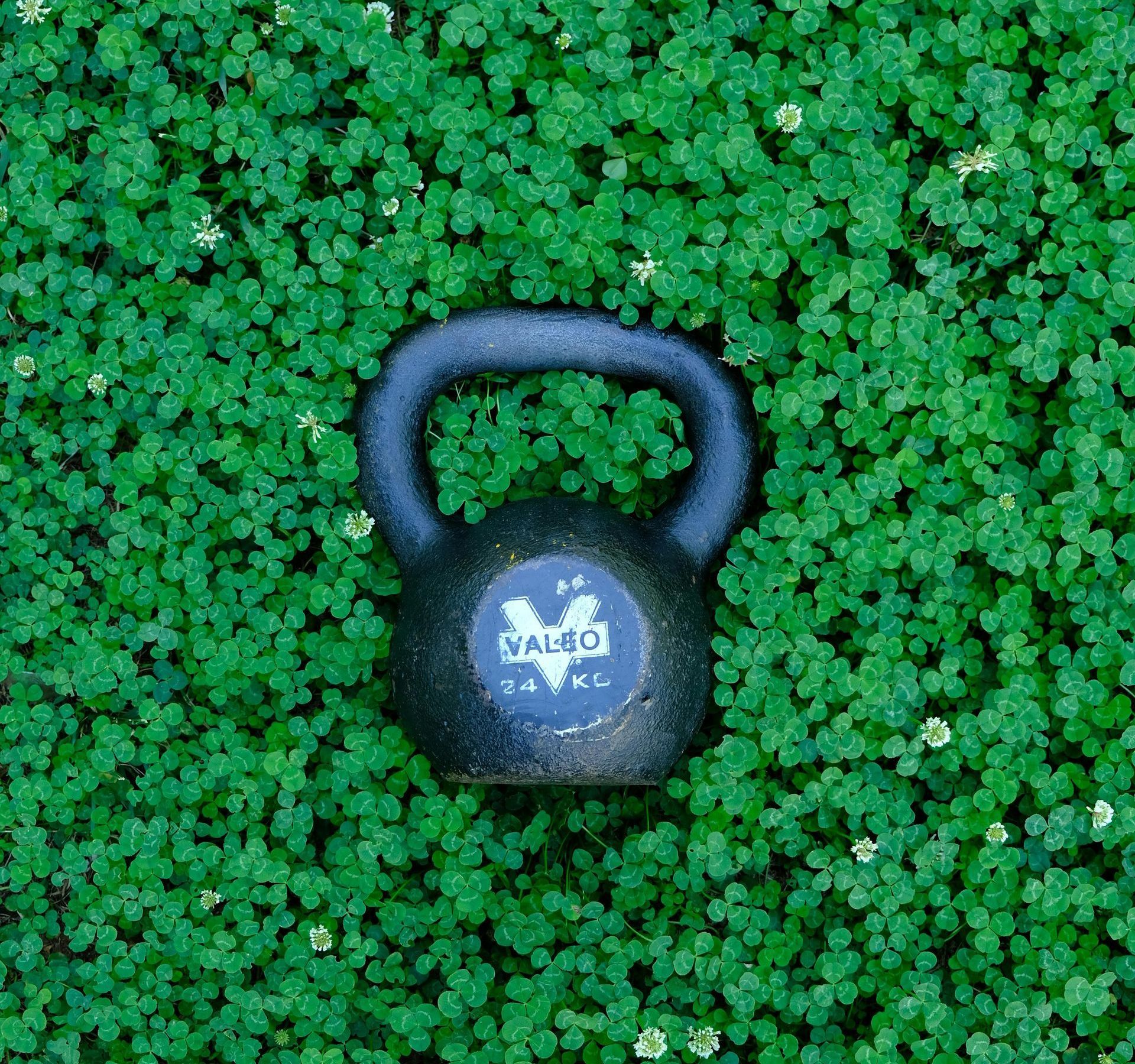Resistance Bands
Your Home Gym in a Bag

When it comes to versatile, cost-effective, and space-saving fitness tools, resistance bands take the spotlight. These simple yet powerful tools can transform your workouts, whether you're a beginner or an advanced athlete. In this blog, we'll dive into the different types of resistance bands, safety tips, common mistakes, and even provide you with a beginner’s workout to get started. Plus, we’ll share what science says about the effectiveness of resistance bands.
Types of Resistance Bands
- Loop Bands: These are flat, continuous bands that come in various sizes and resistance levels. They’re perfect for lower-body exercises, like squats and glute bridges, and can also be used for upper-body and mobility work.
- Tube Bands:
These bands are tubular with handles on the ends, making them great for full-body workouts. They’re especially effective for exercises like bicep curls, shoulder presses, and rows.
- Therapy Bands: Commonly used in rehabilitation settings, these flat and lightweight bands are ideal for gentle resistance and recovery exercises. They’re a great starting point for beginners or those recovering from injury.
Safety Tips for Resistance Band Training
While resistance bands are generally safe, following these tips can help you avoid injury:
- Inspect Your Bands: Check for tears, holes, or worn-out areas before each use. Replace damaged bands immediately.
- Anchor Securely:
Ensure that any door anchors or attachment points are secure to prevent the band from snapping back during use.
- Control Your Movements: Avoid letting the band snap back too quickly, which can strain your muscles or joints.
- Choose the Right Resistance: Start with a lighter band and progress as you build strength.
- Wear Proper Footwear: Shoes with good grip can help stabilize you during band exercises.
Common Mistakes to Avoid
- Poor Form: Resistance bands require control and proper technique. Focus on maintaining good posture and controlled movements.
- Skipping Warm-Ups:
Always warm up before using resistance bands to prepare your muscles and reduce the risk of injury.
- Overstretching:
Avoid stretching the band beyond 2.5 times its resting length, as this can cause it to snap.
- Neglecting Range of Motion: Perform each movement through a full range of motion for maximum effectiveness.
Beginner’s Resistance Band Workout
Here’s a quick full-body workout you can do with resistance bands:
- Banded Squats (Loop Band) - 3 sets of 15 reps
- Place the band above your knees. Stand with feet shoulder-width apart, lower into a squat, and push through your heels to return to standing.
- Seated Rows (Tube Band) - 3 sets of 12 reps
- Anchor the band to a secure point at foot level. Sit on the floor, hold the handles, and pull them towards your torso while keeping your back straight.
- Glute Bridges (Loop Band) - 3 sets of 15 reps
- Lie on your back with knees bent and feet flat. Place the band above your knees. Lift your hips while keeping tension on the band.
- Bicep Curls (Tube Band) - 3 sets of 12 reps
- Stand on the band with feet shoulder-width apart. Hold the handles and curl your hands toward your shoulders.
- Lateral Band Walks (Loop Band) - 3 sets of 10 steps each side
- Place the band around your thighs, lower into a slight squat, and step sideways, keeping tension on the band.
What the Science Says
Studies have shown that resistance bands can be just as effective as free weights for muscle activation. A 2019 study published in the Journal of Sports Science & Medicine found that resistance band exercises activate muscles similarly to traditional weightlifting, making them an excellent option for strength training at home or on the go.
Ready to Get Started?
Resistance bands truly are a home gym in a bag—portable, versatile, and effective. To help you kickstart your resistance band journey, we’ve created a Free Beginner’s Guide to Resistance Band Training. Click here to download your guide and start building strength today!









